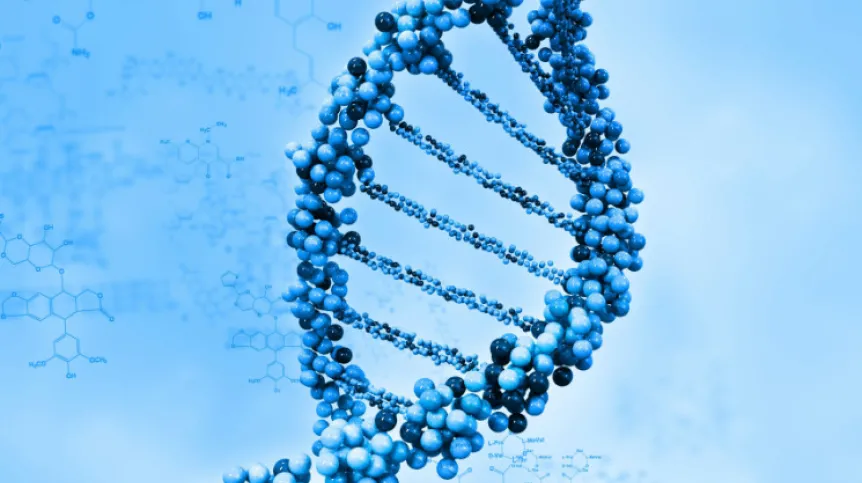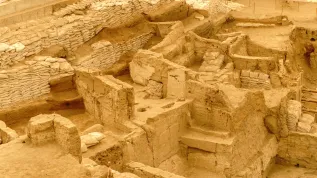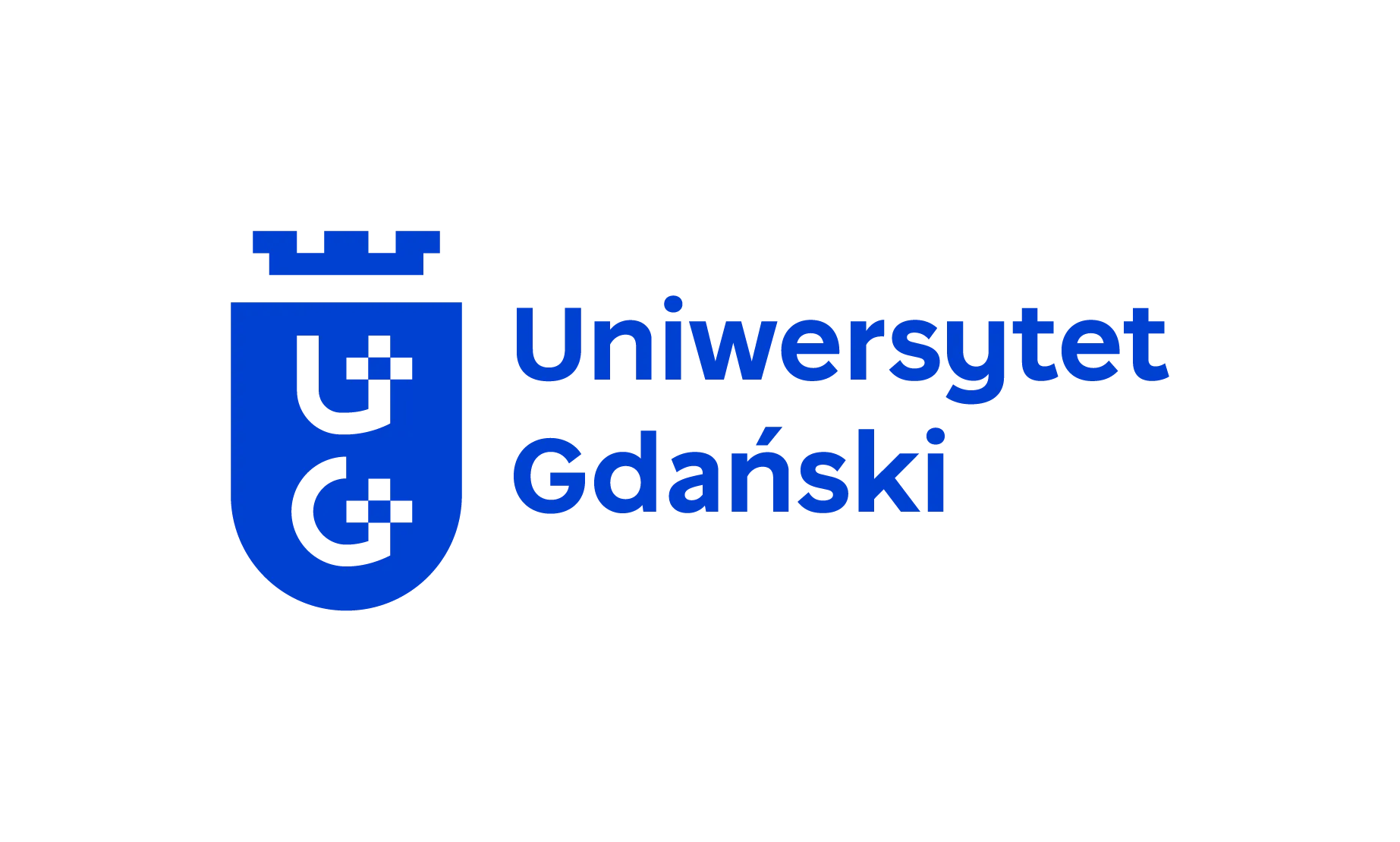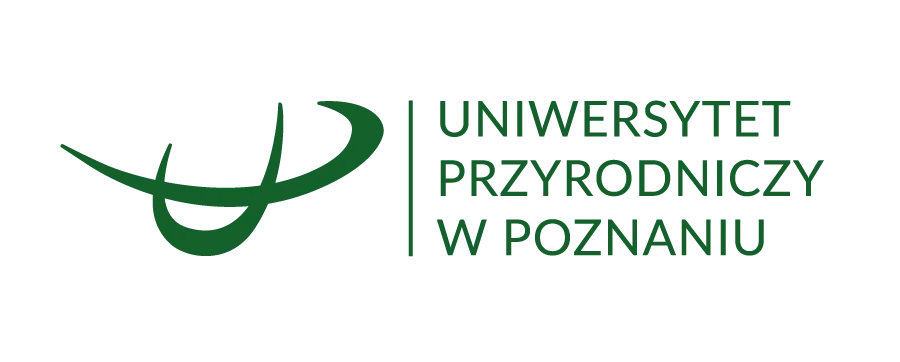
Arkadiusz Sołtysiak of the Institute of Archaeology of the University of Warsaw argued with the findings of the Russian Academy of Sciences in Moscow researchers, according to which the Germanic DNA traces discovered in modern residents of southern reaches of the former Grand Duchy of Moscow should be associated with the migration of the Goths nearly 2,000 years ago.
In 2012, Russian geneticists published in the American Journal of Physical Anthropology an article on the modern mitochondrial DNA variation in the former Grand Duchy of Moscow. They found that in the centre the mtDNA variation is typical of the Slavic population, there are clear influences Finno-Ugric in the north, and in the south, particularly the south-east, there are very clear links to contemporary Germanic populations.
"According to the team led by Irina Morozova, it is a trace of the presence of Germanic tribes - Goths - in the area of today’s Ukraine. The authors clearly stated that no major migrations of Germanic tribes were recorded later" - says Dr. Sołtysiak.
In a letter to the editor, Polish scientist wrote that this interpretation could not be maintained. He indicated that factors responsible for the Germanic genetic influences could also include Varangians (10th/11th century), and especially the politics of Catherine II in the eighteenth century, who carried out a large settlement campaign of peasants from Germany in large areas in the basin of the Volga River, particularly around Saratov. Volga Germany even had their autonomous republic until 1941, and only during the Patriotic War they were scattered, and after the collapse of the Soviet Union, some emigrated to Germany.
Volga Germans mtDNA variation is similar to the variability of mtDNA in modern Germany. "South-eastern gradient of growing resemblance between the studied modern Russian and Germanic populations was more likely the effect of the 19th century dispersal and Russification of the Volga Germans, than the remote result of the genetic continuity of the Chernyakhov archeological culture" - argues the Polish scientist.
The area inhabited by the Volga Germans were not directly covered by the project described in the article of Russian researchers, but the gradient of genetic "Germanic" influence is consistent with the direction of their settlement, believes Sołtysiak.
Polish scientist’s findings show that not only the migration thousands of years ago, but quite recent events may be reflected in the genetic variability.
The article "Russian Ethnic History Inferred From Mitochondrial DNA Diversity" was published in the American Journal of Physical Anthropology (147/3) 2012, and the polemic (http://onlinelibrary.wiley.com/doi/10.1002/ajpa.22077/abstract) Arkadiusz Soltysiak and the response of the Russian scientists (http://onlinelibrary.wiley.com/doi/10.1002/ajpa.22078/abstract) in issue 149/3 2012.
PAP - Science and Scholarship in Poland
szz/ agt/ mrt/
tr. RL













